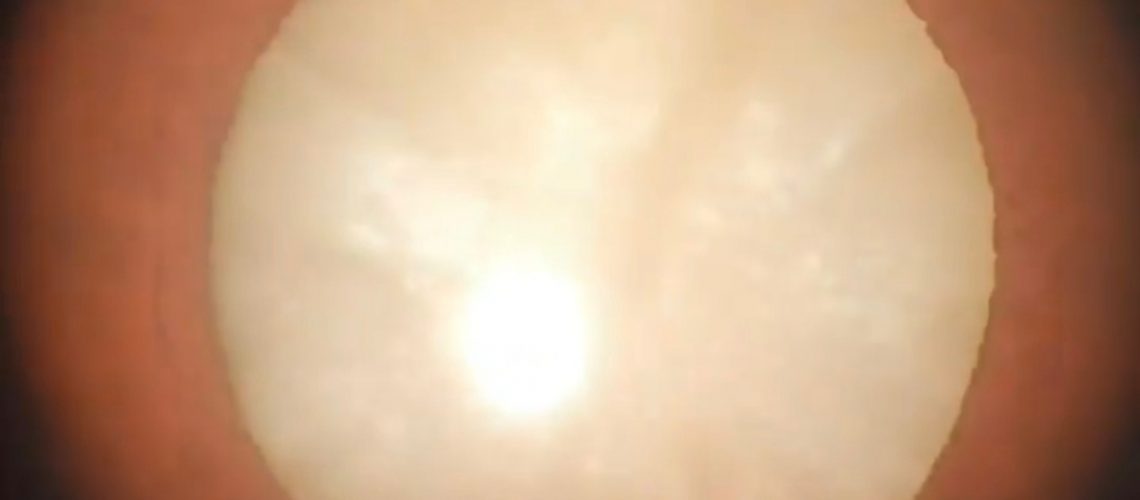A cataract is the cloudy opacification of the inner lens of the eye.
Clumps of protein attach to the crystalline making it harder for light to reach the retina and it progressively decreases your vision. Cataracts can happen in one or two eyes and develop slowly.
Cataract formation happens for several reasons:
- Aging
- Diabetes and glaucoma
- Trauma to the eye
- Smoking tobacco
- Prolonged use of steroids
- Heavy alcohol intake
- Present from birth
- High myopia
- Exposure to sunlight to ultraviolet radiation
- Radiation therapy
Symptoms may include faded colors, double vision, fogginess, halos around light, hard time seeing at night, not recognizing faces.
Cataract remains the leading cause of blindness in middle-income and low-income countries.
An estimated 95 million people worldwide are affected by cataracts.
More than 20 million people worldwide stay blind due to cataracts.
The only way to remove a cataract is through surgery and is a very safe procedure. Your ophthalmologist will recommend removing it when it keeps you from doing the things you want to do.
The best and safest way to remove a cataract is with a phaco emulsfier machine. During the surgery, the natural cloudy lens is removed and replaced with a clear artificial intraocular lens that fits your eye. This procedure takes about 20 minutes, no stitches are involved and the patient recovers quickly and without pain.
Before the surgery, you will be given medication to relax and ophthalmic anesthesia drops are applied to the eye, followed by a regional anesthetic around the eye, that will block the nerves and paralyze the muscles of the eye. You’re awake and conscious during the surgery but don’t feel any pain. You will just see light and movements. Once the doctor finishes the surgery, we patch the eye, have the patient in observation for about 10 minutes, and then sent home to rest. The next day you come to the clinic, we remove the eye patch, take the vision and the doctor will see you with the slit lamp to make sure the lens is in the right place, to see if there is any inflammation in the cornea, and to make sure that everything is alright. After this he will prescribe some antibiotic/antiinflammatory eyedrops and see you again in 10 days.
The recovery process can take a few days or weeks.
Complications are extremely rare in cataract surgeries but like any surgery, cataract surgery carries risks of problems or complications. Here are some:
- Eye infection.
- Bleeding in the eye.
- Ongoing swelling of the front of the eye or inside.
- Damage to other parts of your eye.
- Pain that does not get better with over-the-counter medicine.
- Blurred vision.
- Seeing halos, glare, and dark shadows.
- Vision loss.
- The IOL implant may become dislocated, moving out of position.
Cataract surgery will not restore vision lost from other eye conditions, such as macular degeneration, glaucoma, or diabetic retinopathy.
Your ophthalmologist will take the time and talk with you about the risks and benefits of cataract surgery, clearing any doubts and answering any questions you might have.
Cataract surgery costs in the United States of America can range from $3,000 up to $6,000 per eye. If you are eligible for Medicare the cataract surgery costs are generally covered.
Phacoemulsification cataract surgery cost in Roatan – $1,400 per eye
A comprehensive eye examination made by an ophthalmologist is the first step in finding out if you have a cataract and if it is ready for surgery.





